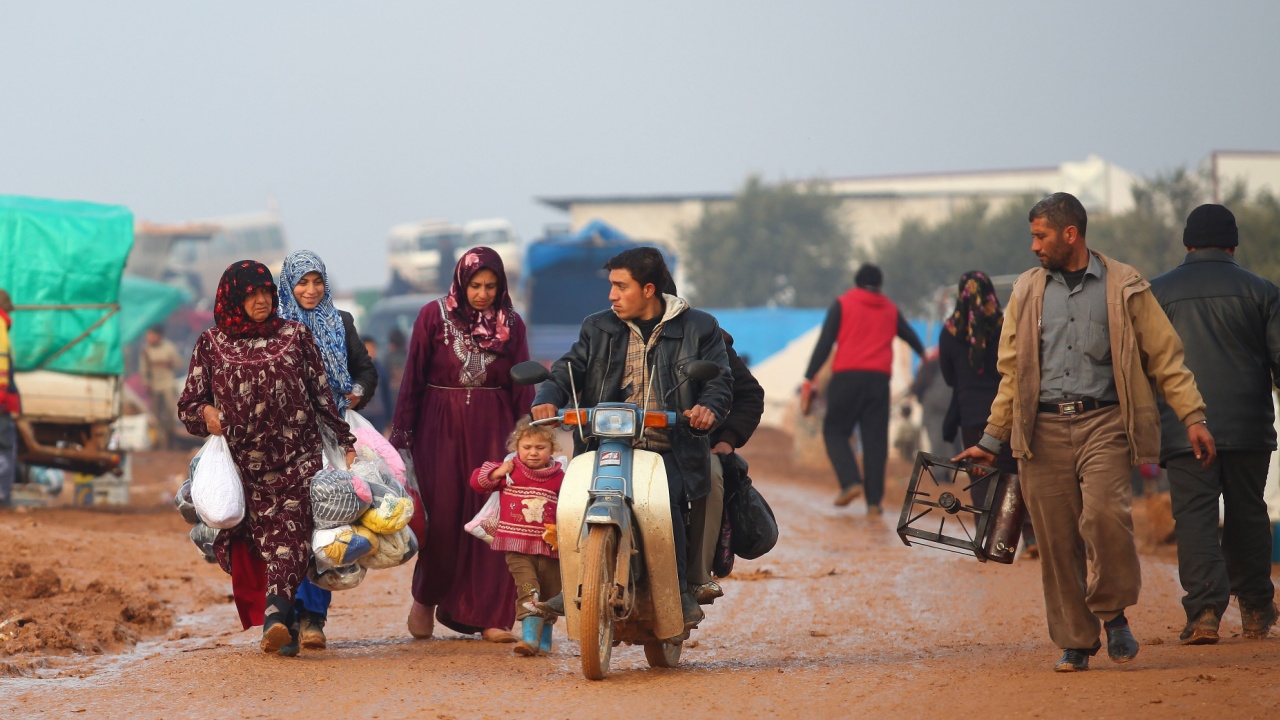The question of when Syria will be ready to repatriate millions of its displaced citizens has intensified in recent months. Following the establishment of a transitional government led by Ahmed al-Sharaa after the fall of the Assad regime, several European Union (EU) nations have begun suspending asylum claims and considering the deportation of Syrian refugees. With approximately 14 million Syrians displaced globally, including 6 million in neighboring countries and Europe, the urgency surrounding the repatriation issue is palpable.
Despite recent claims from the governance of Hay’at Tahrir al-Sham (HTS) regarding the safety of returning to Syria, the situation on the ground tells a different story. Since Assad’s fall, data from the United Nations High Commissioner for Refugees (UNHCR) indicate that nearly 500,000 Syrians have returned. However, these returnees are met with ongoing challenges such as insecurity, sporadic violence, and damaged infrastructure. Many express skepticism about their safety and the political stability of the country, complicating any large-scale return efforts.
Assessing the Conditions for Return
While armed conflict has decreased, Syria’s social and political landscape remains fragile. Premature repatriation could lead to renewed displacement if conditions continue to deteriorate. A cautious and phased approach, grounded in the realities faced by potential returnees, is essential. The transitional government has made strides toward inclusivity, such as forming a diverse cabinet and promoting a religious fatwa to discourage revenge killings. However, targeted attacks on minority communities persist, leading to fears that these groups, including Alawites and Druze, remain at risk.
The viability of returning to Syria also hinges on addressing unresolved grievances and restoring social cohesion. A successful repatriation strategy will require sustained local reconciliation efforts, assurances of safety for minorities, and the restoration of essential public services. Without these measures, returnees may face discrimination, instability, and potential harm, which could violate international humanitarian principles.
International support is crucial in preparing Syria for the return of its displaced citizens. Gulf states, including the UAE, Qatar, and Saudi Arabia, have begun providing aid, while the EU has pledged €2.5 billion for stabilization efforts. This aid must be strategically targeted toward community peacebuilding, security initiatives, and tailored reintegration programs. Regular audits and monitoring from neutral institutions, such as the UN, will help ensure accountability and transparency in the allocation of these resources.
Healthcare and Property Rights Issues
Syria’s healthcare system remains in crisis, with significant infrastructure damage and a shortage of medical personnel exacerbated by years of conflict and sanctions. Many hospitals are understaffed and ill-equipped to handle the population’s needs, especially if a large influx of returnees occurs. Additionally, the ongoing landmine crisis poses a severe threat, having already caused over 1,000 casualties in the past six months, with children representing nearly one-third of the victims.
Compounding these challenges is the issue of property rights for returning refugees. According to the UN Syria Commission, widespread looting and destruction of property, primarily by former government forces, present major barriers to safe return. Laws enacted during the Assad regime, such as Legislative Decree No. 66 and Law No. 10, have enabled state expropriation of property without due process, disproportionately affecting displaced populations.
To address these concerns, property claims committees should be established regionally or nationally, with international oversight to ensure fair treatment and protection of the displaced. A model from the conflict in Bosnia and Herzegovina could be beneficial; there, the Commission for Real Property Claims of Displaced Persons and Refugees resolved property disputes with international legitimacy. Similar initiatives in Syria could facilitate the return process and help restore stability.
In conclusion, Syria will only be ready for the repatriation of its displaced population when specific conditions are met. These include demonstrable protections for minorities, a resilient healthcare system, clearance of explosive remnants, and secure property rights. A well-coordinated repatriation plan, supported by robust international funding and monitoring, is essential to avoid premature returns that could reignite conflict. The EU should develop a comprehensive strategy linking any aid or sanctions relief to progress in meeting these benchmarks, ensuring a transparent and accountable process for repatriating displaced Syrians.
As Syria navigates these complex issues, the path to stability will depend on collaborative efforts that prioritize the safety and dignity of its returning citizens.







































































